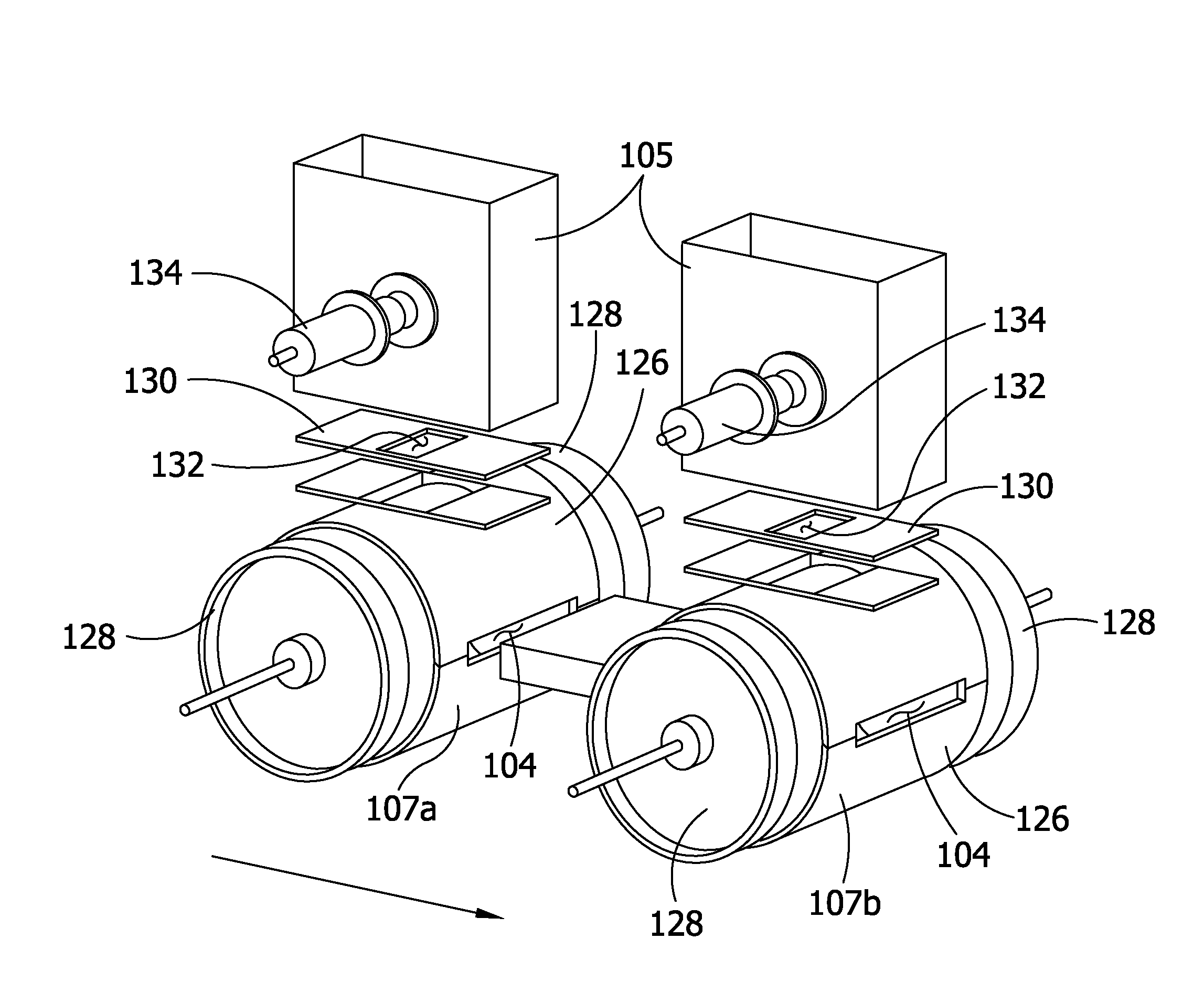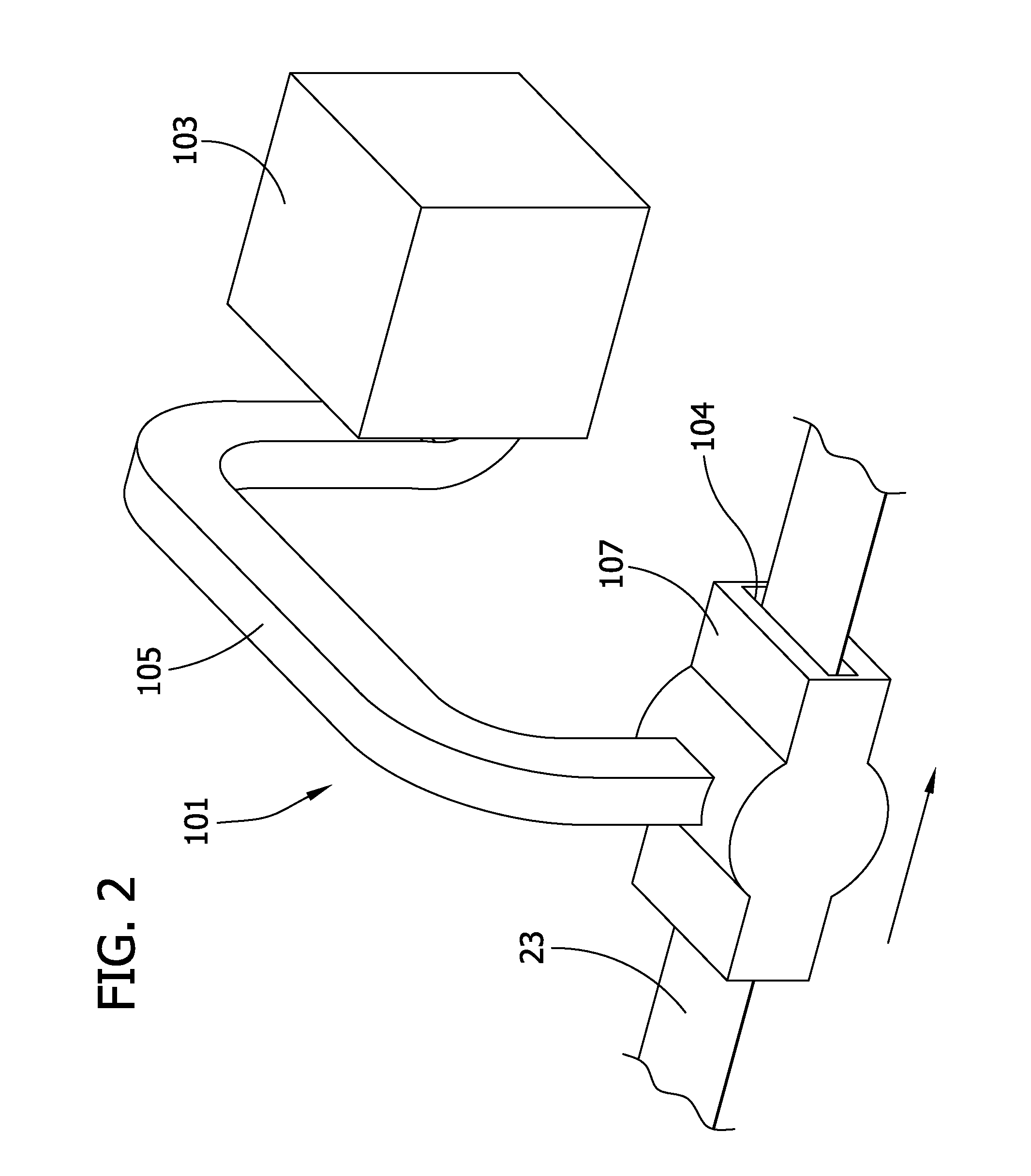Process For Bonding Substrates With Improved Microwave Absorbing Compositions
a technology of microwave absorbing composition and bonding process, which is applied in microwave heating, chemistry apparatus and processes, and other domestic articles, etc., can solve the problems of bleedthrough of adhesive through one, discoloration of end products, and troublesome ultrasonic bonding, so as to improve the microwave absorbing properties, improve the laminated structure, and strengthen the adhesive bond
- Summary
- Abstract
- Description
- Claims
- Application Information
AI Technical Summary
Benefits of technology
Problems solved by technology
Method used
Image
Examples
example
[0075]In this Example, various adhesive compositions were analyzed to determine their respective dielectric loss factors. The dielectric loss factors of the various adhesive compositions were then compared to the dielectric loss factors of two water control samples analyzed under the same conditions.
[0076]Specifically, the dielectric constant (∈′) and loss tangent (D) for each of the adhesive compositions (all commercially available from Yuhan-Kimberly, South Korea) listed in Table 1 were measured using the equipment, conditions and procedures as required by ASTM D2520, Test Method C. The dielectric constant (∈′) and loss tangent (D) for each of the adhesive compositions were tested at both 900 MHz and 2,450 MHz. Each adhesive composition was tested six times and the values of the dielectric constant (∈′) and loss tangent (D) were then averaged. Furthermore, two control samples were also tested; the first control sample, Control A, was deionized water, and the second control sample,...
PUM
| Property | Measurement | Unit |
|---|---|---|
| frequency | aaaaa | aaaaa |
| frequency | aaaaa | aaaaa |
| diameters | aaaaa | aaaaa |
Abstract
Description
Claims
Application Information
 Login to View More
Login to View More - R&D
- Intellectual Property
- Life Sciences
- Materials
- Tech Scout
- Unparalleled Data Quality
- Higher Quality Content
- 60% Fewer Hallucinations
Browse by: Latest US Patents, China's latest patents, Technical Efficacy Thesaurus, Application Domain, Technology Topic, Popular Technical Reports.
© 2025 PatSnap. All rights reserved.Legal|Privacy policy|Modern Slavery Act Transparency Statement|Sitemap|About US| Contact US: help@patsnap.com



